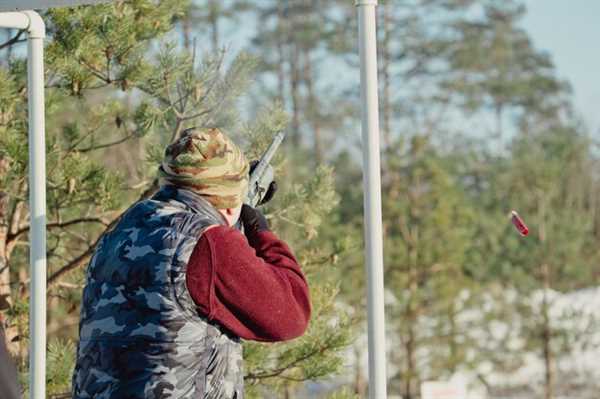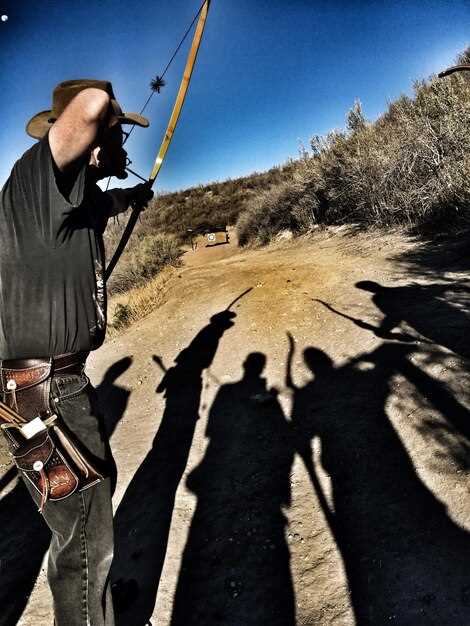
Consider targeting the months of October through December for an exhilarating experience with quail in the wild terrain of the Sonoran Desert. The combination of cool temperatures and abundant food sources creates ideal conditions for locating these elusive birds. With proper scouting and an understanding of the best spots, you can maximize your chances of success during this prime period.
January through March offers a chance to hunt doves, as these migratory species are plentiful during their seasonal stay. The use of NVGs can enhance visibility during early mornings or late afternoons, making the engagement more thrilling. Pay attention to watering holes and open fields, where these birds are often found feeding and gathering.
For those interested in pursuing larger species like turkey, late spring brings about a unique opportunity as males are aggressively seeking mates. The exciting sounds of their calls will guide you to their locations. A combination of patience and strategic positioning will yield fruitful encounters during this challenging but rewarding time.
Optimal Times for Targeting Specific Wild Birds in Arizona
For quail, the period from mid-November to late February provides the most promising opportunities. These months align with their natural mating and movement patterns, making them easier to locate.
Pheasants are typically most active during the cooler mornings and late afternoons in the late fall, especially from November to early December. This time coincides with their feeding habits as they seek shelter from the heat.
Doves can be effectively pursued during the early mornings and late evenings in the late summer months, particularly from mid-August to September. These times coincide with their feeding schedules as they flock to water sources.
Waterfowl are best targeted from late October to December, especially around migratory periods. Focusing on marshy or wetland areas will yield better results during this time frame.
For upland species, like gambel’s quail, late winter and into early spring (February to March) is optimal, as they are generally more active after the mating season begins.
Dedicated hunters should consider local regulations and specific limits set by authorities when planning their excursions. Tracking wild populations and adapting strategies will enhance the overall experience.
Utilizing NVGs during targeted times can provide an edge for observing and spotting desired species, contributing to successful outings in various terrains across the region.
Understanding Arizona’s Hunting Season Regulations for Bird Species

Familiarize yourself with species-specific regulations to ensure compliance with the wildlife management authority. For instance, the California quail, mourning dove, and Gambel’s quail each have unique time frames for lawful capture. Always check the Arizona Game and Fish Department (AGM) website for current dates and limits.
Limitations on the number of wild birds collected per day vary by species. It’s vital to understand bag limits prior to a trip. Daily limits are enforced strictly to maintain population sustainability.
Licensing requirements must not be overlooked. A valid hunting license is essential, along with any permits needed for specific birds, such as migratory species. These often require additional stamps, which can be obtained through the AGM.
Additionally, specific areas may impose unique regulations. Private lands could have restrictions that differ from those on public property. Prior to venturing out, locations should be verified for legal compliance regarding access and hunting rules.
Observance of habitat regulations is necessary. Many regions are designated as critical habitats, where hunting is prohibited to protect breeding populations. Knowledge of these zones is crucial for any ethical hunt.
Lastly, consider ethical practices such as non-toxic shot usage. This contributes to the protection of the environment and maintains the health of wildlife populations. Abiding by these guidelines fosters responsible stewardship of natural resources while enjoying the thrill of the pursuit.
Choosing AGM NVGs for Enhanced Bird Hunting Experience in Arizona

AGM NVGs provide superior advantages in locating and identifying avians in the wild. These devices improve visibility during low-light conditions, allowing enthusiasts to spot elusive species that might otherwise remain hidden. Key features to consider include:
- Image Quality: Look for models with high-resolution optics to enhance clarity.
- Battery Life: Choose units with extended operation times to avoid interruptions during excursions.
- Durability: Select rugged designs that can withstand diverse weather conditions and rough terrains.
- Weight: Lightweight options allow for comfortable extended use without hindrance.
Pairing AGM NVGs with proper accessories can further elevate the experience:
- Head Mounts: Free up hands while maintaining a steady view on your surroundings.
- IR Illuminators: Enhance visibility at night, revealing nocturnal types that might visit at dusk.
- Carrying Cases: Protect your gear during transport and ensure longevity.
Integrating AGM NVGs into your outings increases the chance of spotting various feathered species, providing a richer experience. Their functionality aligns seamlessly with the pursuit of wild creatures during active periods. Consider testing different models to find the best fit for personal needs and preferences.


